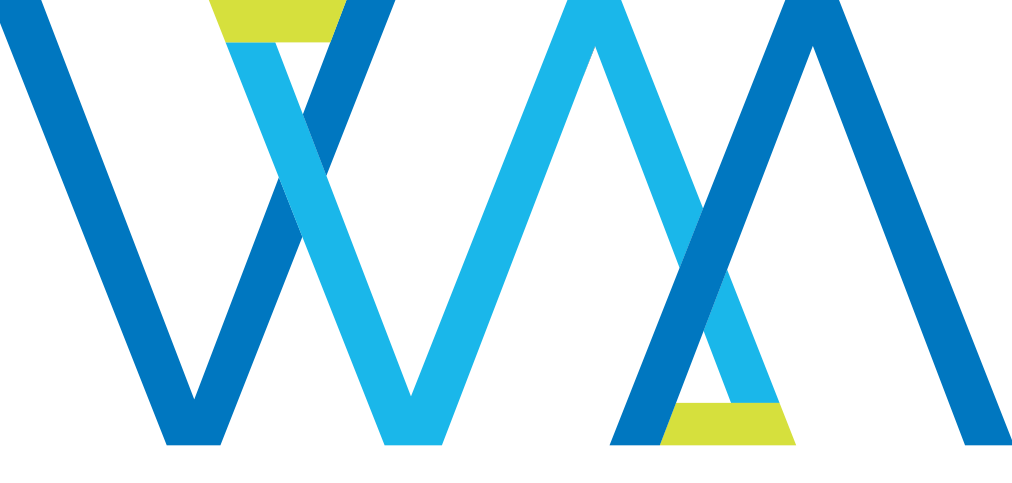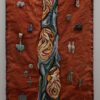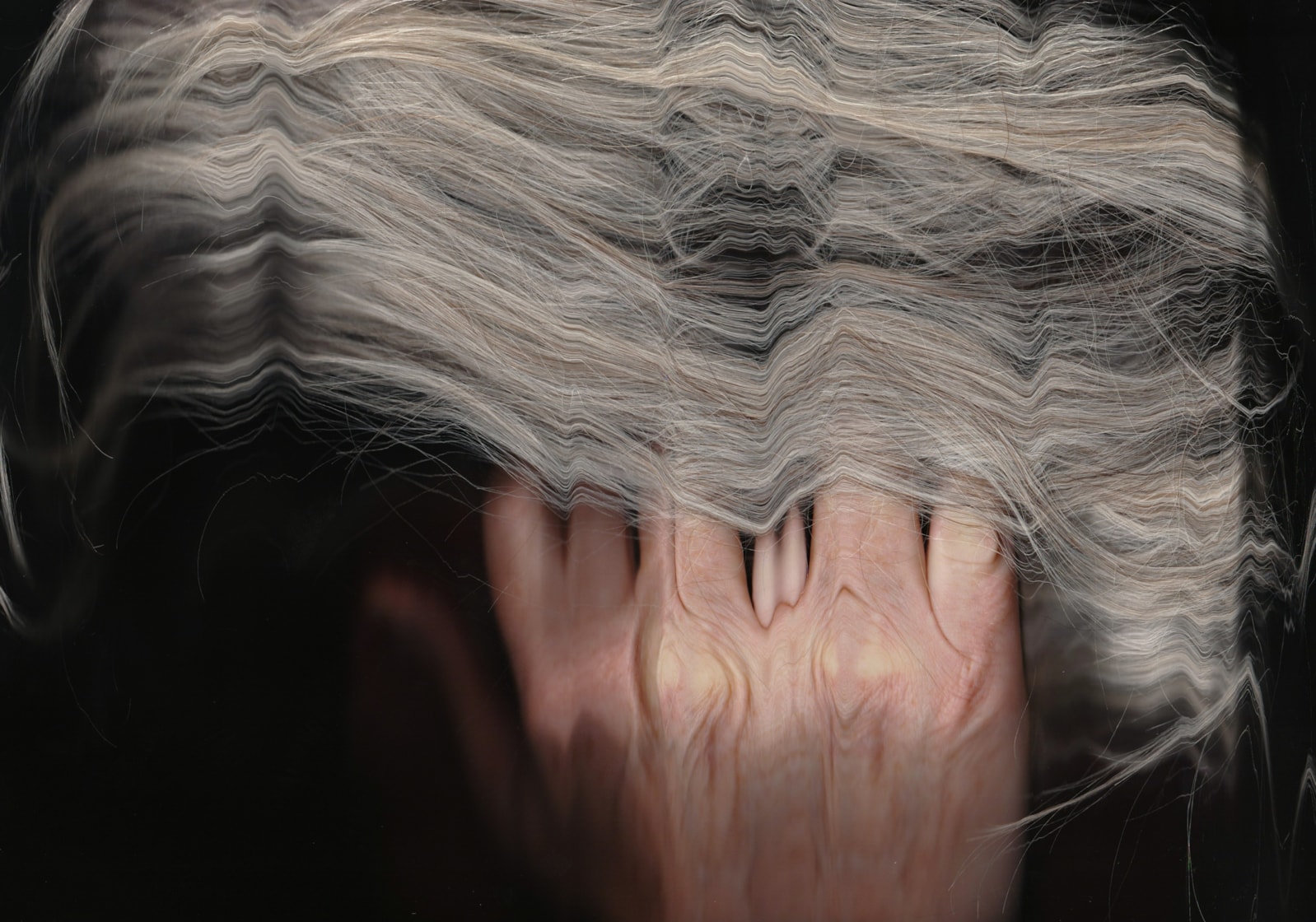ARTISTS STATEMENT
Created with a flatbed scanner that engages the felt sense of touch and texture, these images are from a project titled “Scanning Time” that explores the changing nature of self experienced in the transition from middle to old age. The scanner’s shallow depth of field embodies a sense of quiet intimacy and a deepening awareness of life’s finitude, while the strange distortions, ripples, and blurring point to the disequilibrium that occurs as previously comfortable ways of being in the world shift. The odd permutations of the images further speaks to the unfamiliarity of my own image to myself. The elements in the images – hair and skin – are also deeply uncanny, prompting a sense of uncomfortable aversion. When do these primal qualities of embodiment cross a boundary to become so strange, unfamiliar, discomfiting? Overall, the “Scanning Time” project explores the unique qualities of a flatbed scanner’s functioning, celebrating the way it gradually “builds” an image across several seconds rather than capturing a snapshot in a faction of that time. In this way, time seems to slow down, open up, and respond to a slowing pace of change and movement. To create an image, the scanner also shines a light and then captures what is reflected back in a kind of call and response. In this project, then, each image comes into being across several moments, several breaths, and several heartbeats, and only through a process of diffraction, attending to an embodied relationship to time, space, and light.
ABOUT THE ARTIST
Holly Willis is a writer, filmmaker, and photographer whose work examines the materiality of the image within a broader context of new materialist philosophy and the histories of experimental film, video, and photography with the goal to design encounters with media that spark an embodied sense of curiosity and wonder. Using a variety of analog, digital, and computational image-making tools, Willis often explores the ways in which we might reimagine our relationship to the world and its varied spaces and landscapes, not as independent beings moving through separate realms, but as transcorporeal forces enmeshed in dense relationships with the matter all around us. She asks if we can imagine the world not as some inert backdrop to human activity but as a dynamic array that we engage with in ongoing relations, how might we care for our world differently? Her body of work overall attempts to capture this sense of active matter, of sensation, and dynamism, and strives for what Anna Tsing, in The Mushroom at the End of the World, calls the “arts of noticing.” Willis is also the author of “Fast Forward: The Future(s) of the Cinematic Arts”; “New Digital Cinema: Reinventing the Moving Image”; and “Bjork Digital,” and the co-founder of Filmmaker Magazine dedicated to independent film. She writes frequently for diverse publications such as Film Comment, Afterimage, Variety and The Normal School.
© Holly Willis



